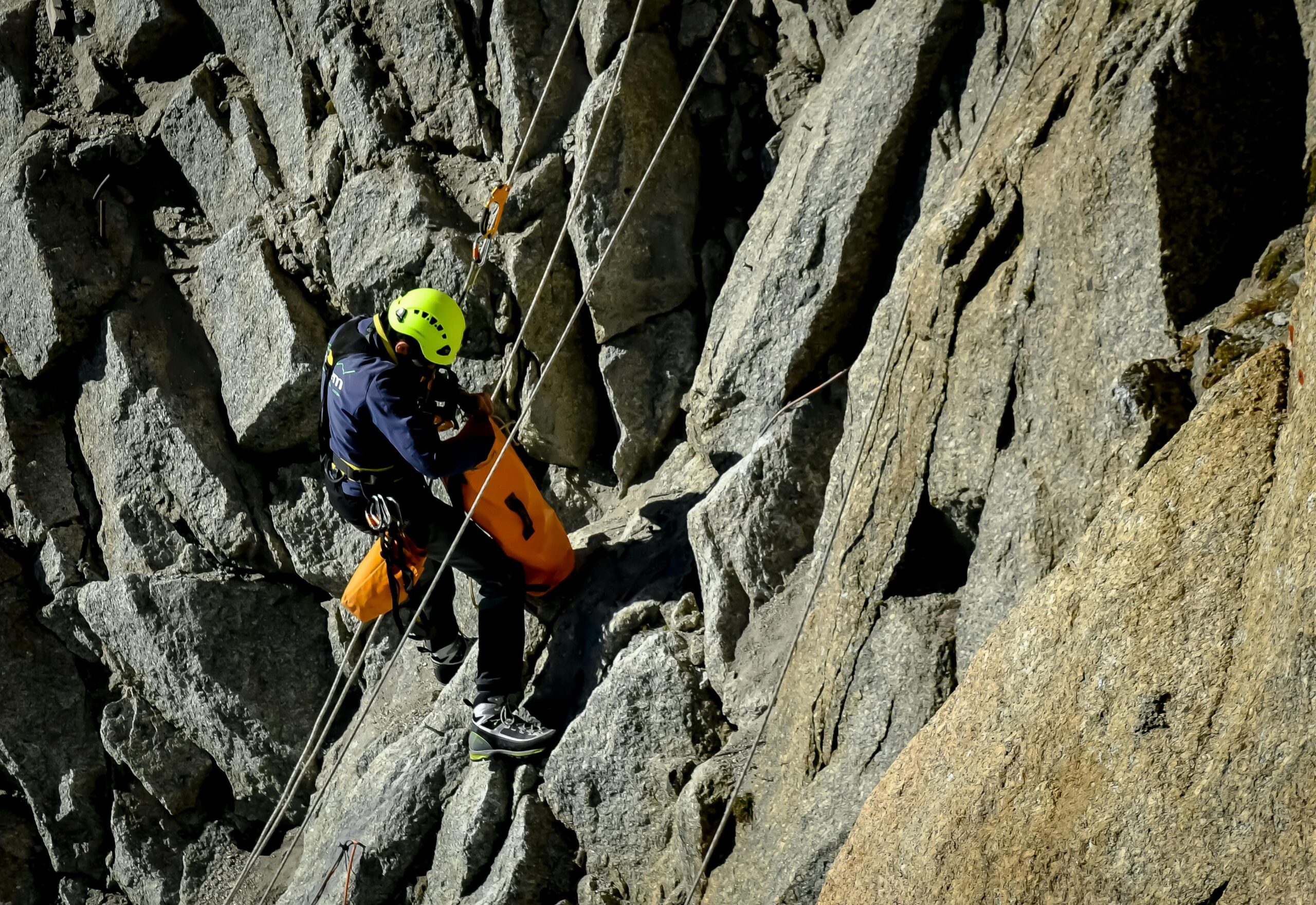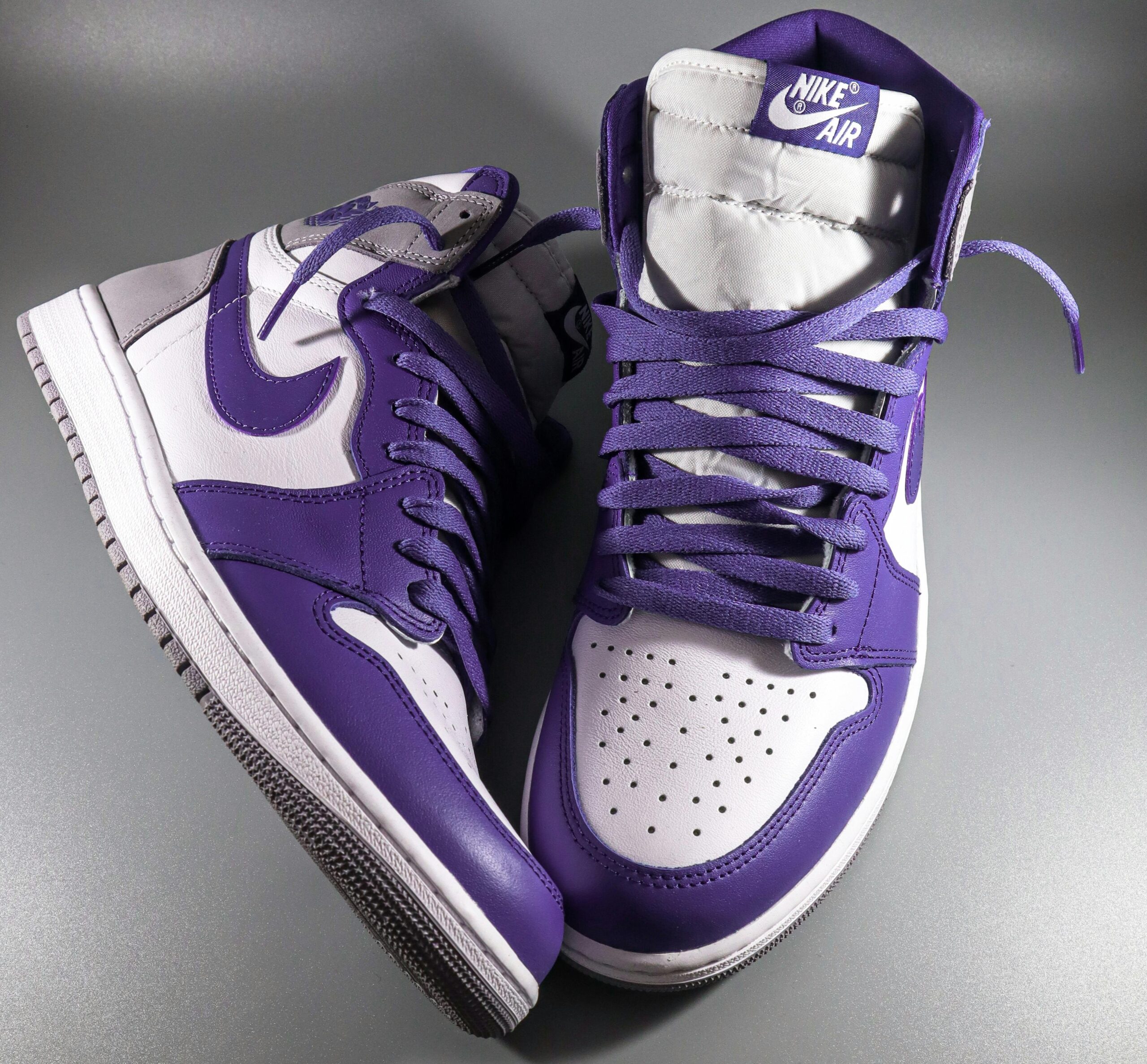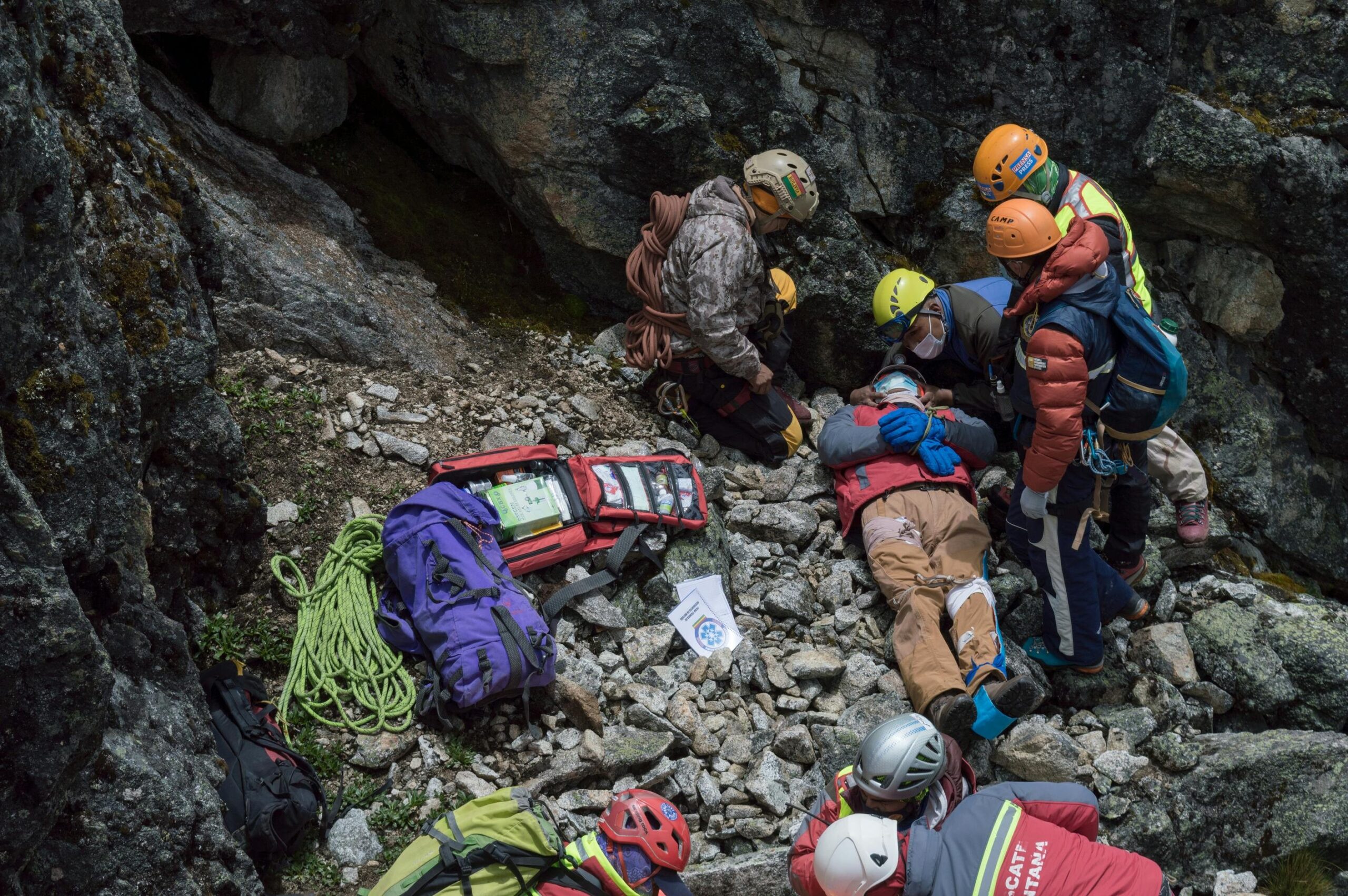“I once saw a climber dismiss their helmet as ‘optional gear.’ Spoiler alert: Gravity doesn’t care about your confidence.”
Ever thought, “Do I really need a climbing helmet?” If you’re nodding, here’s the truth: your brain deserves protection. In this guide, we’ll explore why a climbing helmet is more than just an accessory. You’ll learn its importance, how to choose one, insider tips for safety, and even some real-life examples of climbing mishaps turned right thanks to this essential gear. Ready? Let’s climb!
Table of Contents
- Why Are Climbing Helmets Crucial?
- How to Choose the Perfect Climbing Helmet
- Tips & Best Practices for Using Your Helmet
- Real-Life Examples of How Helmets Save Lives
- FAQs About Climbing Helmets
Key Takeaways
- A climbing helmet prevents serious head injuries caused by falling debris or accidental falls.
- Not all helmets are created equal—features like ventilation, fit, and certification matter.
- Your helmet must be cared for properly to ensure long-term effectiveness.
Why Are Climbing Helmets Crucial?
You might think, “What’s the point? Rocks rarely fall.” But let me hit you with a reality check: according to a study published in Wilderness & Environmental Medicine, over 8% of climbing accidents involve head trauma. That’s enough to make anyone rethink skipping the helmet.
Here’s another confessional fail from my early days—I scaled a route without a helmet because someone told me it was “unnecessary.” Halfway up, a pebble dislodged above me and whizzed past my ear. Whirrrr—that sound gave me chills. It could’ve been worse. Moral of the story? Always wear your helmet.

How to Choose the Perfect Climbing Helmet
Optimist You: “There are so many great options!”
Grumpy You: “Ugh, but which one actually fits *my head*?”
Selecting a helmet isn’t rocket science if you follow these steps:
- Check Certifications: Look for UIAA or CE EN 12492 standards. These certifications mean the helmet has undergone rigorous testing.
- Prioritize Comfort: A snug fit ensures protection, but avoid anything too tight—it should feel secure but not suffocating.
- Ventilation Matters: Nobody wants sweaty discomfort mid-climb. Models with adjustable vents offer flexibility based on weather conditions.
- Weight Considerations: Lighter is better for endurance climbs, though heavier models may provide extra durability.

Rant Alert:
One thing that drives me insane? Cheaping out on safety gear. Sure, $40 sounds tempting compared to $120. But trust me, when a jagged rock comes hurtling toward your skull at terminal velocity, price tags become irrelevant.
Tips & Best Practices for Using Your Helmet
- Inspect Regularly: Check for cracks, dents, or worn straps after every use.
- Secure Fit: Adjust buckles so the helmet sits level on your forehead and won’t budge easily.
- Replace After Impact: Even minor impacts can compromise structural integrity; don’t take chances.
- Store Properly: Avoid extreme temperatures (like leaving it in your car) to prevent warping.
Terrible Tip Disclaimer: Some people claim storing your helmet upside-down helps maintain shape. False. This method promotes moisture buildup inside, ruining internal padding faster.
Real-Life Examples of How Helmets Save Lives
In 2018, climber Sarah Johnson fell nearly 40 feet onto sharp rocks in Yosemite National Park. Her helmet absorbed the brunt of the impact, leaving her with only minor bruises—a testament to smart preparation before scaling rugged terrain. Read her full story here.

FAQs About Climbing Helmets
How often should I replace my climbing helmet?
Every 5-10 years depending on usage, wear, and manufacturer guidelines. Replace immediately after significant impacts.
Can I use a bike helmet instead of a climbing helmet?
Nope. Bike helmets lack side-impact protection crucial for climbing activities. Stick to specialized climbing helmets.
What’s the difference between foam and hard-shell helmets?
Foam helmets absorb shock via crushable layers, ideal for high-altitude climbing. Hard-shell varieties excel in rugged environments where durability is key.
Final Thoughts: Don’t Let Ego Outweigh Safety
You learned today why wearing a climbing helmet is non-negotiable. From preventing devastating injuries to ensuring peace of mind, investing in quality gear pays dividends. Remember: staying safe means living to climb another day—and bragging about it over tacos afterward.
Like a Tamagotchi, your SEO needs daily care… same goes for your climbing helmet! Wear it proudly.
